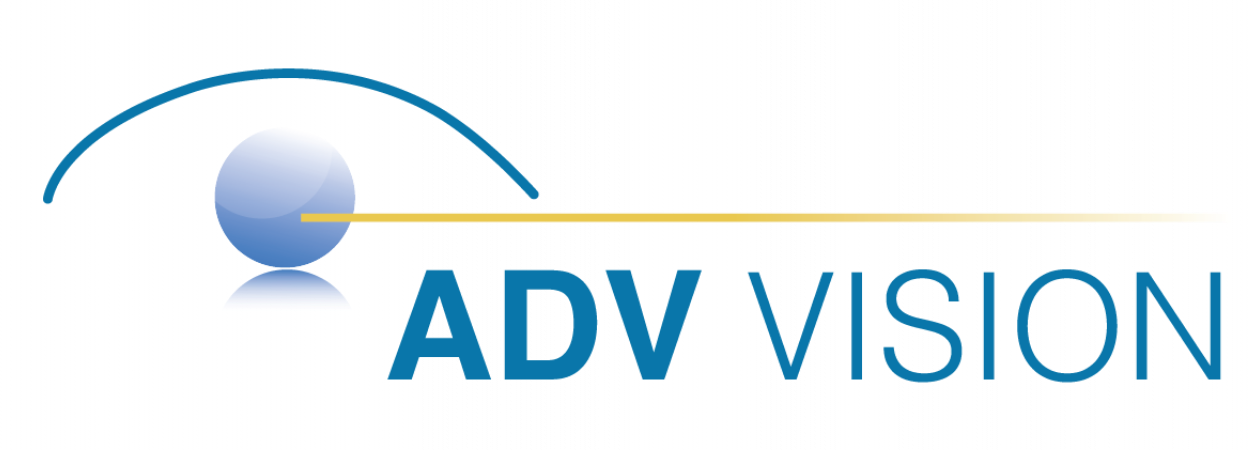Are your eyes feeling gritty, burning, or blurry after a day glued to your screen? Do you find yourself constantly reaching for eye drops, yet the relief is only temporary? If you’re a resident of San Luis Obispo, Santa Maria, Paso Robles, Lompoc, or Pismo Beach, and your digital device use is making your eyes feel less than their best, you’re not alone. In our increasingly tech-focused world, dry eye symptoms linked to prolonged screen time are becoming incredibly common. But what exactly is the connection, and what can you do to find lasting relief?
At ADV Vision, we understand the challenges of maintaining optimal eye health in the digital age. We’re here to explain how your devices might be contributing to dry eye and, more importantly, to share effective strategies – from simple habits to advanced treatments – that can help you reclaim comfortable, clear vision.
The Digital Device & Dry Eye Connection: Is Your Screen Hurting Your Vision?
You might wonder, “How can my phone or computer cause my eyes to feel so dry?” The answer lies primarily in two key factors: reduced blink rate and increased exposure to environmental factors.
Why Less Blinking Matters: When we focus intently on a digital screen, our blink rate significantly decreases. Typically, we blink around 15-20 times per minute. However, studies show that this rate can drop by as much as 66% when we’re engrossed in our devices, sometimes to as few as 3-5 blinks per minute! Blinking is crucial for spreading a fresh, healthy tear film across the surface of your eye, keeping it lubricated, nourished, and protected. When you blink less, your tears evaporate faster, leaving your eyes exposed, irritated, and dry.
Environmental Impact: Beyond blinking, the environment in which we use our devices also plays a role. Air conditioning, heating, and even the direct heat emitted from screens can contribute to faster tear evaporation. The positioning of monitors, often above eye level, can also force your eyes to open wider, further increasing tear evaporation.
Meibomian Gland Dysfunction (MGD): Prolonged screen use can also impact the tiny oil-producing glands located in your eyelids, known as meibomian glands. These glands produce the oily layer of your tear film, which prevents the watery part of your tears from evaporating too quickly. When blinking is reduced, these glands can become blocked or dysfunctional, leading to a poor-quality tear film and evaporative dry eye. This is a significant factor in many dry eye cases.
Simple Screen-Friendly Habits for Healthier Eyes
Adopting mindful habits while using digital devices can make a substantial difference in preventing and alleviating dry eye symptoms.
Implement the 20-20-20 Rule
This easy-to-remember rule is a game-changer. Every 20 minutes, look away from your screen at something 20 feet away for at least 20 seconds. This simple act allows your eye muscles to relax and encourages more frequent blinking, helping to re-lubricate your eyes.
Optimize Your Workspace Ergonomics
- Screen Position: Position your monitor about an arm’s length away, with the top of the screen at or slightly below eye level. This helps reduce the need for wide-eyed staring.
- Lighting: Ensure your workspace lighting is balanced. Avoid harsh overhead lights or bright windows directly behind your screen, which can cause glare and eye strain.
- Anti-Glare Screens/Glasses: Consider using an anti-glare screen filter on your monitor or investing in computer glasses with anti-reflective coatings. These can significantly reduce reflections and blue light exposure, improving comfort.
Conscious Blinking Exercises
Make a conscious effort to blink fully and frequently. Try blinking slowly and completely every few minutes. You can also try blinking exercises: gently close your eyes, pause for a count of two, then squeeze your eyelids tightly for another two counts, and finally open them. Repeat this a few times throughout your day.
Eye Care Essentials: Drops, Diet & Devices That Help
When it comes to managing dry eye, a multi-faceted approach often yields the best results.
Over-the-Counter Eye Drops: Your First Line of Defense
Artificial tears are a popular and accessible way to relieve mild to moderate dry eye symptoms. They work by lubricating the eye’s surface, mimicking your natural tears.
What to Look For:
- Preservative-Free Drops: For frequent use (more than 4 times a day), preservative-free artificial tears are often recommended, especially for sensitive eyes, as preservatives can sometimes irritate.
- Ingredients: Look for lubricating ingredients like carboxymethylcellulose (CMC), hyaluronic acid (sodium hyaluronate), polyethylene glycol (PEG), or glycerin. These ingredients help retain moisture and provide longer-lasting relief.
- Viscosity: Thicker drops or gels can provide more prolonged relief but might temporarily blur your vision. They are often best used before bed.
The Power of Diet: Nourishing Your Eyes from Within
What you eat can significantly impact your eye health, including tear production.
- Omega-3 Fatty Acids: These essential fatty acids are known for their anti-inflammatory properties and can support healthy tear film production. Incorporate foods rich in Omega-3s into your diet:
- Fatty fish like salmon, mackerel, sardines, and tuna.
- Flaxseeds, chia seeds, and walnuts.
- Omega-3 supplements (consult with your eye care professional before starting any new supplements).
- Hydration: Drinking plenty of water throughout the day is crucial for overall bodily hydration, including maintaining adequate tear volume.
- Vitamins and Antioxidants: A diet rich in fruits and vegetables, especially those high in Vitamins A, C, and E, and zinc, can support overall eye health and protect against oxidative stress
Advanced Devices and Treatments for Lasting Relief
For those in San Luis Obispo, Santa Maria, Paso Robles, Lompoc, and Pismo Beach experiencing persistent or severe dry eye despite home remedies, ADV Vision offers advanced diagnostic and treatment options. These can address the underlying causes of your dry eye.
- Prescription Eye Drops: Your eye doctor may prescribe anti-inflammatory drops (like cyclosporine or lifitegrast) or other medications to increase natural tear production or manage underlying inflammation.
- NuLids: An at-home device that gently massages the eyelids, helping to de-cap and stimulate the meibomian glands for improved tear film quality.
Answering Your Dry Eye Questions
Take Control of Your Eye Health with ADV Vision
Don’t let dry, irritated eyes from digital device use impact your comfort and productivity in San Luis Obispo, Santa Maria, Paso Robles, Lompoc, or Pismo Beach. Understanding the link between your screen habits and dry eye is the first step toward relief. By implementing screen-friendly habits, optimizing your diet, and exploring advanced treatments, you can significantly improve your eye comfort.
At ADV Vision, our experienced team of eye care professionals is dedicated to providing personalized dry eye solutions. We utilize state-of-the-art diagnostic tools to identify the root cause of your dry eye and develop a tailored treatment plan to help you achieve lasting relief.
Ready to find relief from digital eye strain and dry eye?
Your comfortable vision is our priority!








